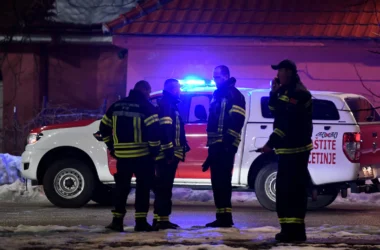Europe is bracing for the coldest winter since Ukraine war started , which is expected to drive up energy costs as the continent taps into its gas reserves at an accelerated pace.
Temperatures through March are predicted to remain lower than in the past two winters, according to data from the European Centre for Medium-Range Weather Forecasts compiled by Bloomberg. This colder weather is likely to increase heating demand to its highest level since the start of the war, based on data from Maxar Technologies Inc.
Despite this, temperatures are still expected to remain above seasonal norms, the forecaster noted. However, Europe remains vulnerable to disruptions in its energy supply, with a cold winter putting added pressure on already elevated gas and power prices. This situation could coincide with a potential halt in gas flows through Ukraine starting January 1, when temperatures usually dip to their lowest.
Freezing temperatures and low-wind conditions have already led to faster-than-usual withdrawals from gas storage sites this month, raising concerns about restocking efforts later in the winter and into next summer.
Maxar predicts generally mild conditions for northern and central Europe, with colder temperatures expected mainly in southern regions like Italy and the Balkans, according to meteorologist Matthew Dross.





